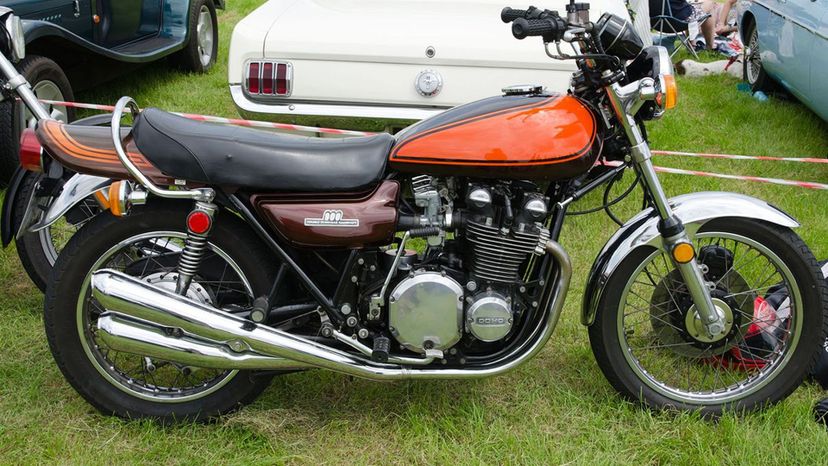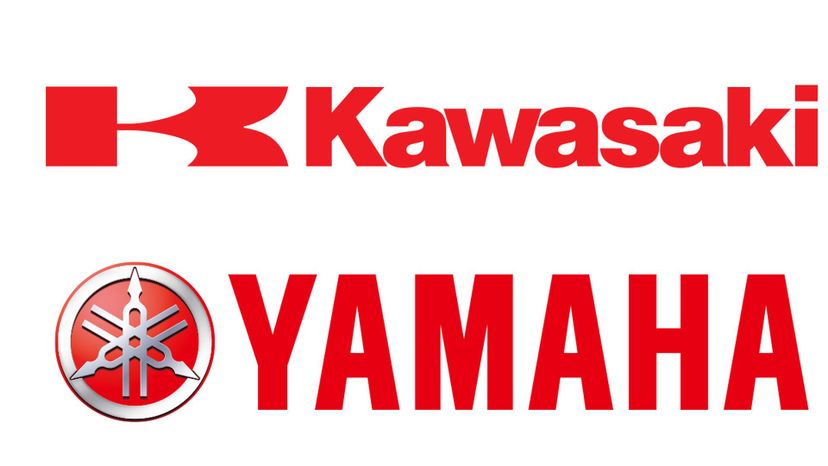
About This Quiz
When it comes to motorcycles, it's no surprise that the Japanese build them better than most. Â After all, Japanese car manufacturers made a huge dent in the American auto industry, so why should motorcycles be any different?
And when it comes to the makers of motorcycles, there are none better than Kawasaki and Yamaha.
But, as with all great brands, these two have a rivalry that sees them go head-to-head, not just on the road, but in their manufacturing plants as well.
In this quiz, we want to test your knowledge of each of these famous brands by showing you photos of their iconic motorcycles and asking you to identify whether it was built by Kawasaki or Yamaha.
Many of these motorcycles are so advanced that they could be called cars on two wheels!
From classic to current Kawasaki Ninjas, to Yamaha's road and offroad bikes, this quiz will put you to the test much like the riders of these motorcycles are often put to the test negotiating everything from rush hour traffic to traffic in road and track races.

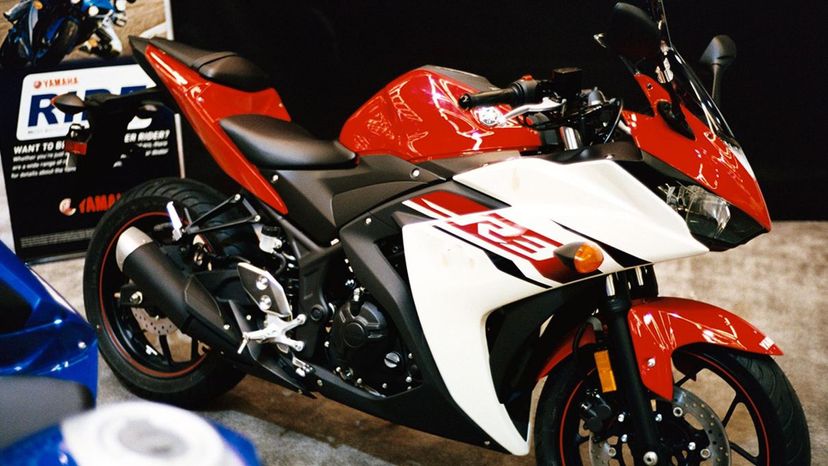
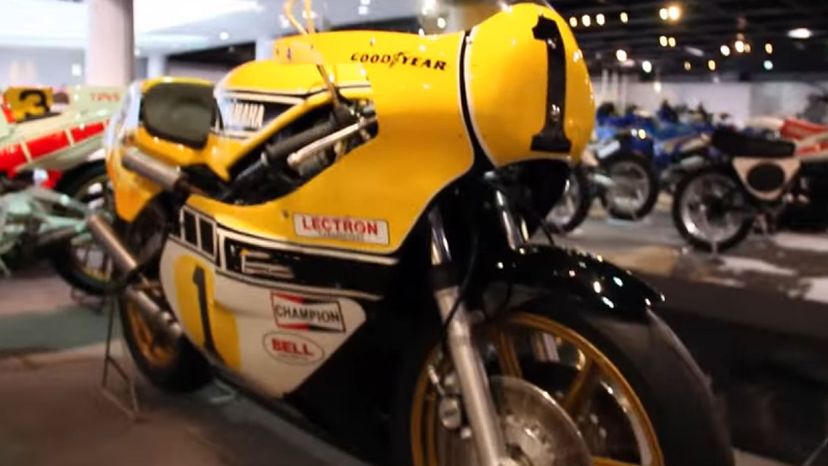
Advertisement
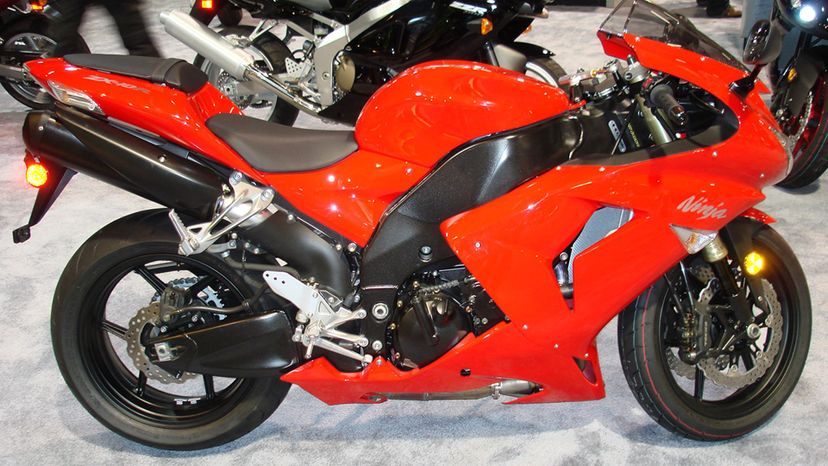
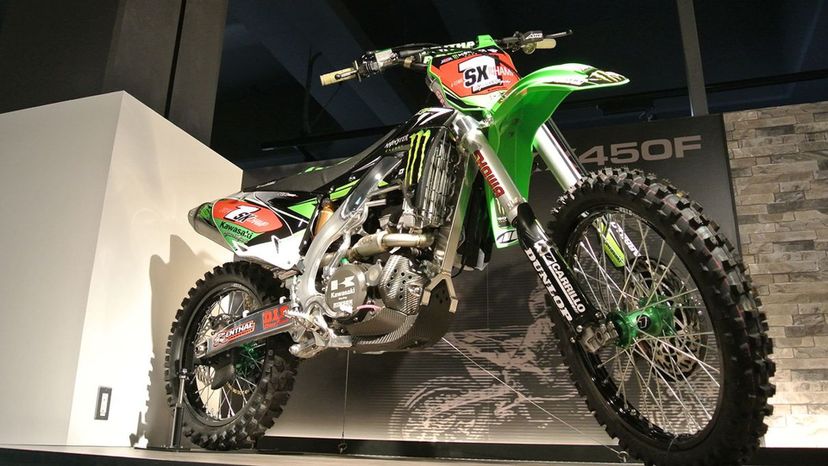
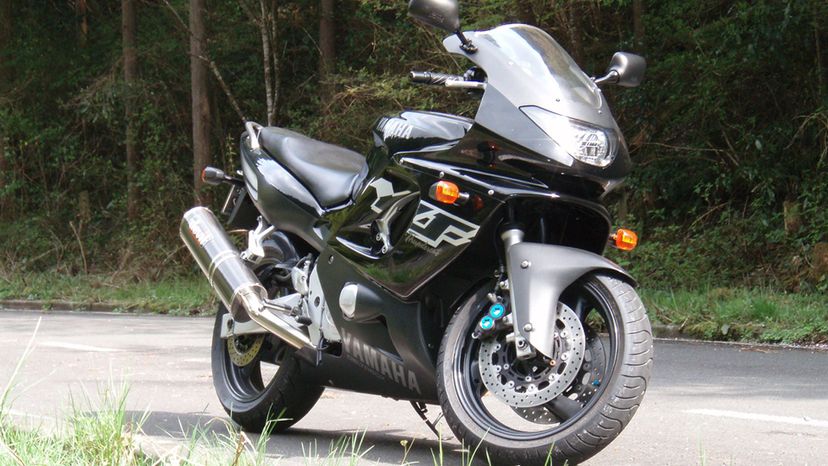
Advertisement
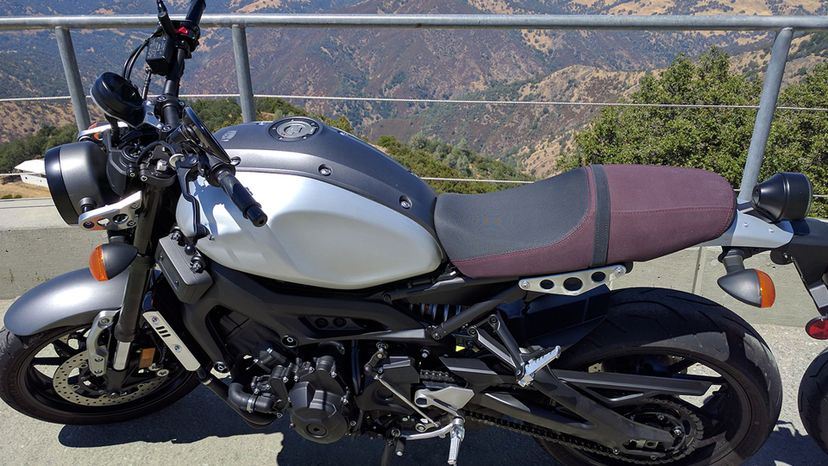
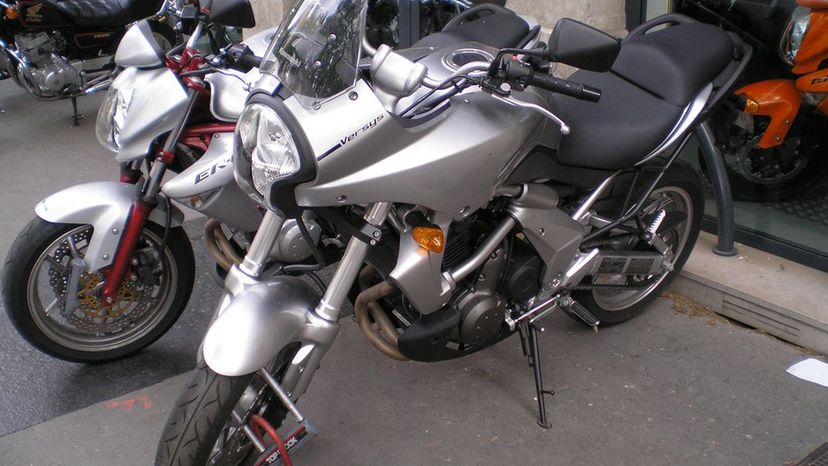
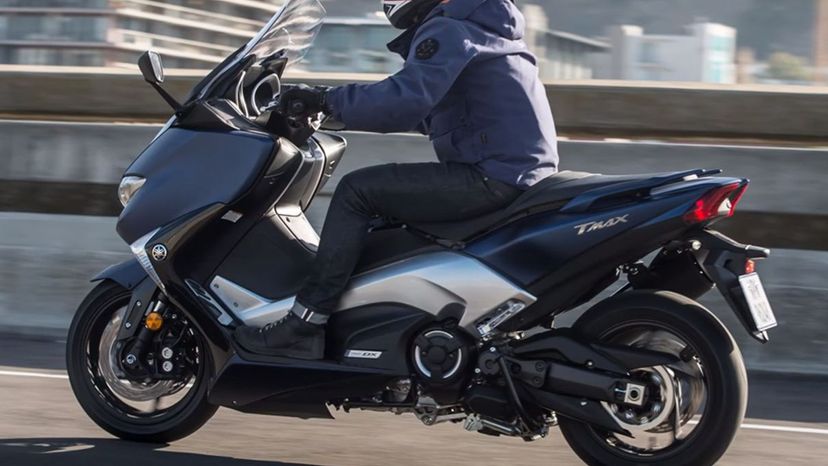
Advertisement
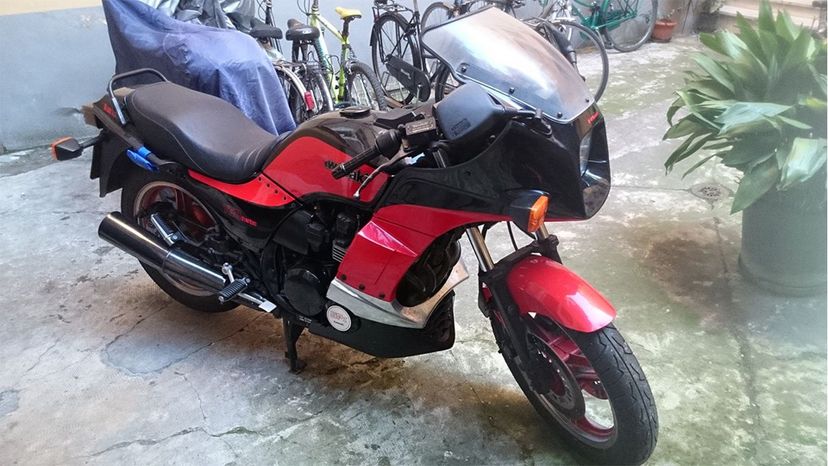
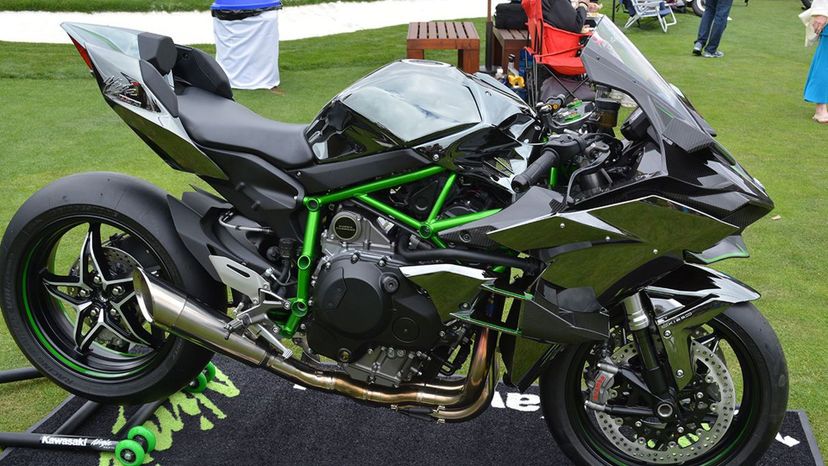
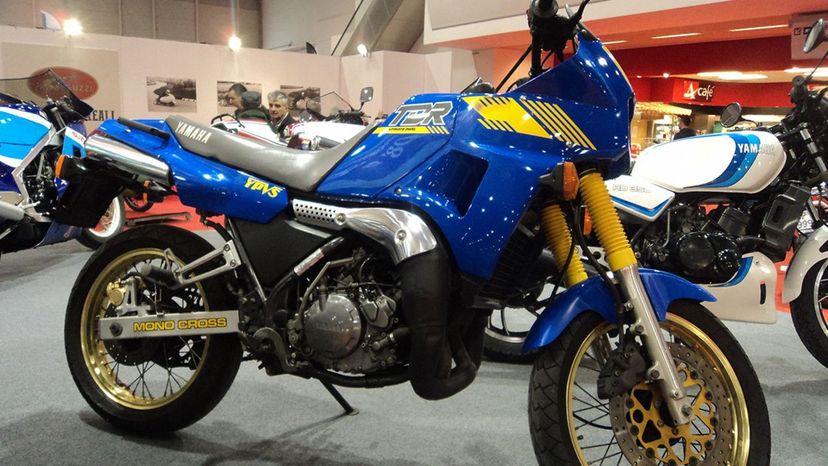
Advertisement
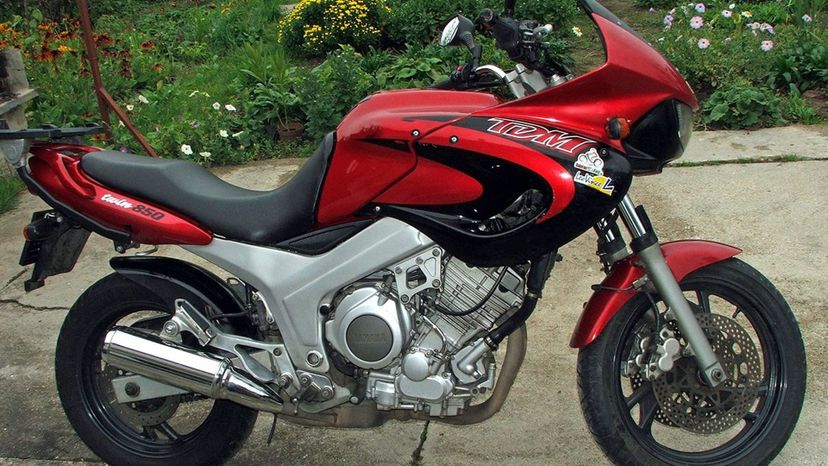
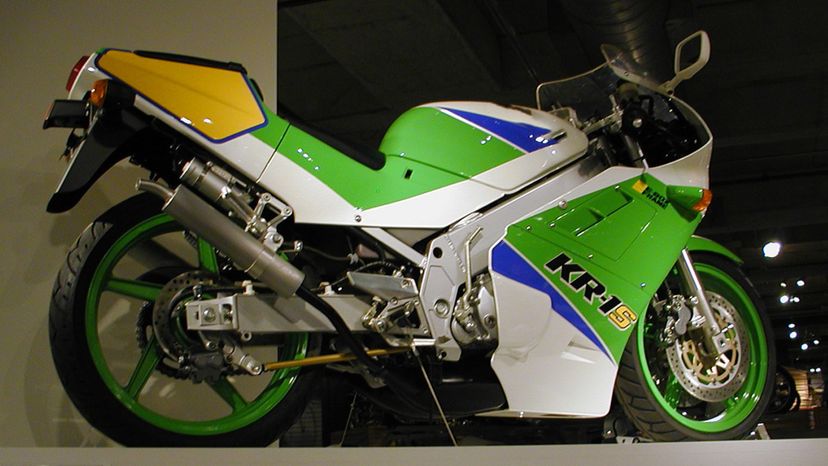
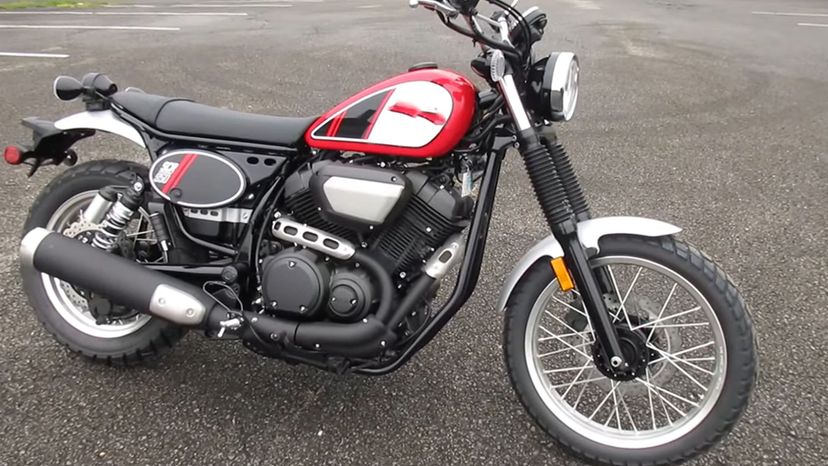
Advertisement
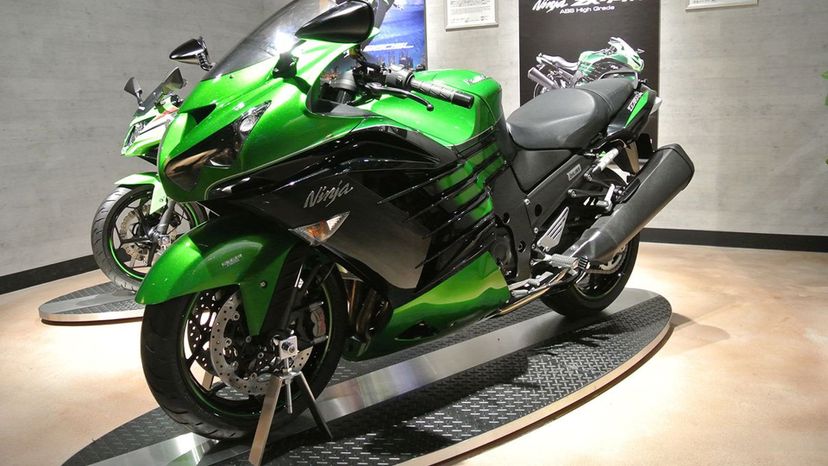

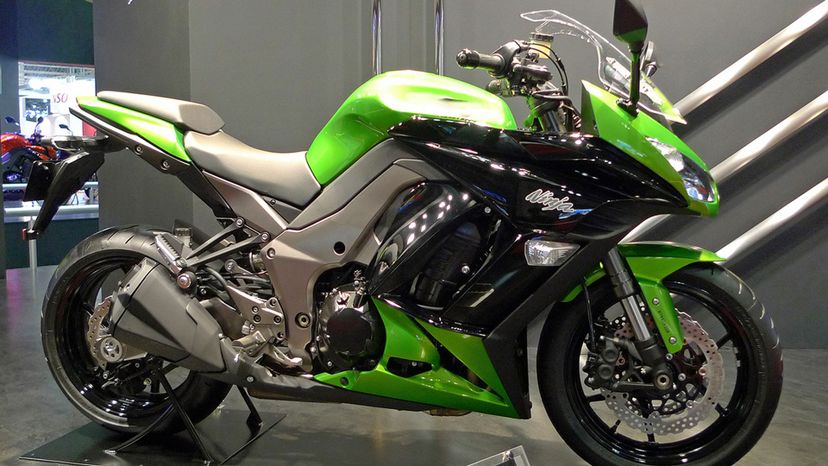
Advertisement
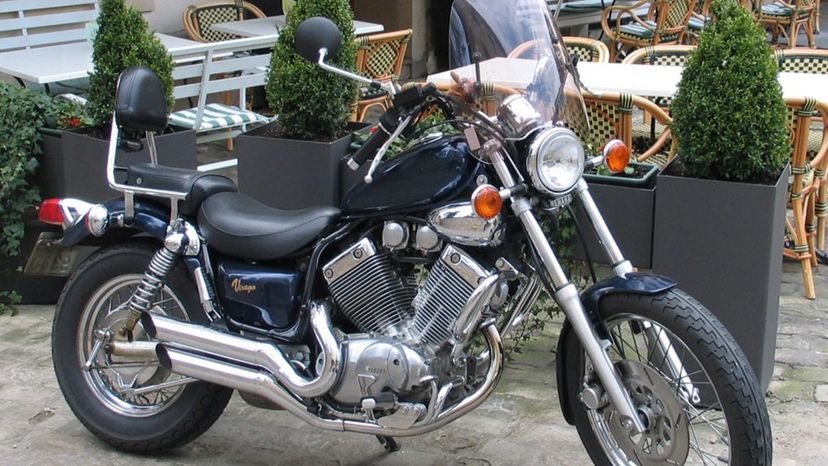
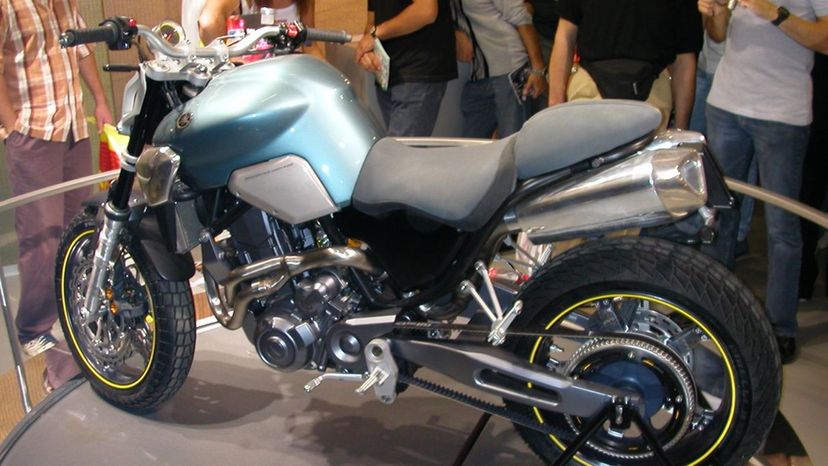

Advertisement

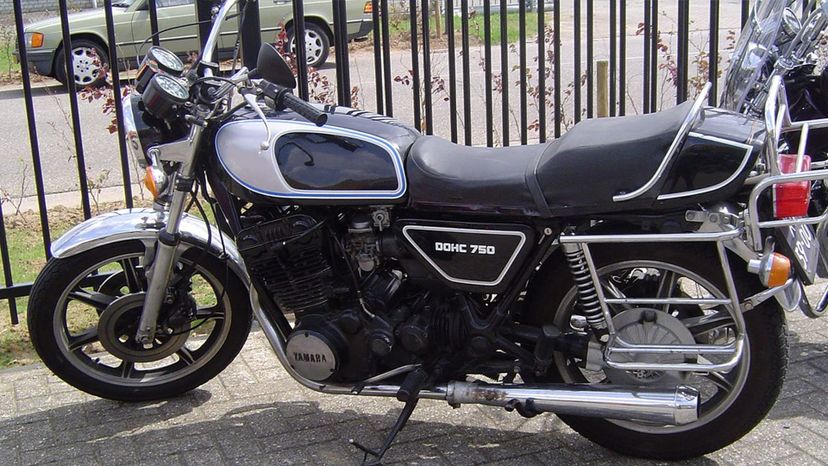
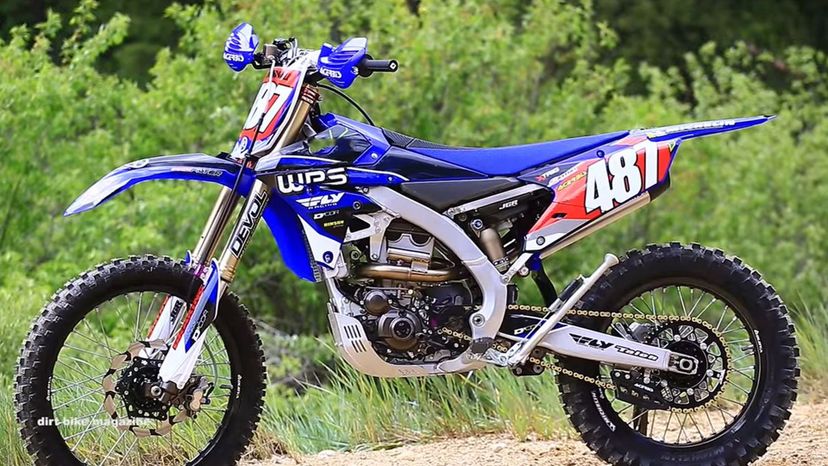
Advertisement
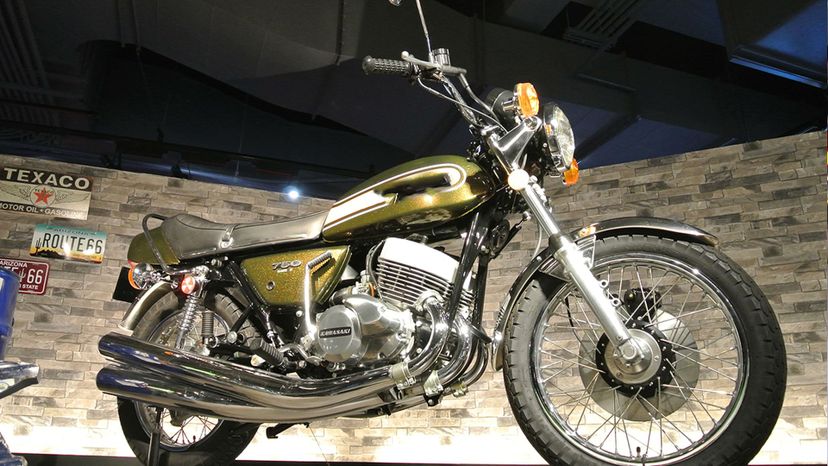

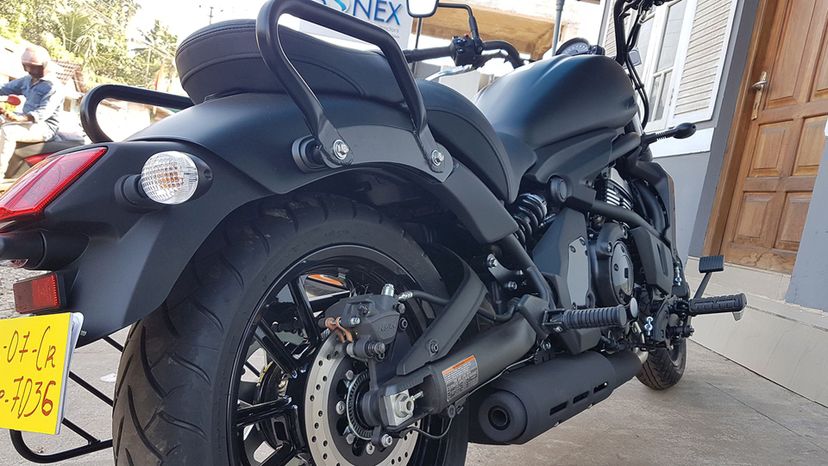
Advertisement


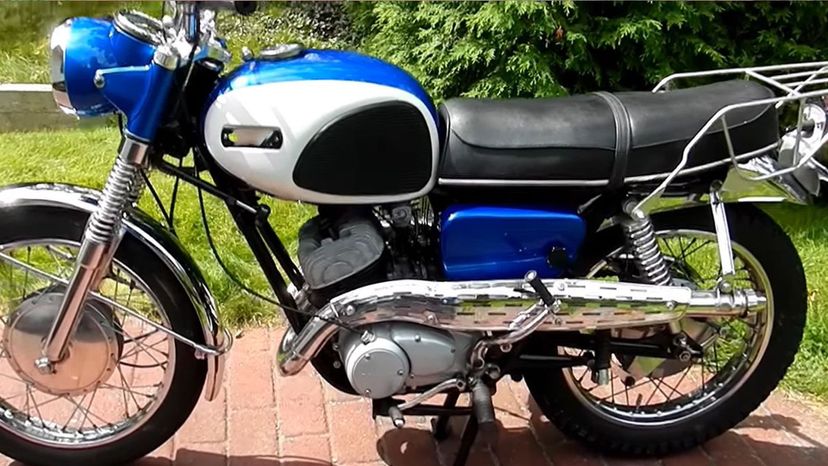
Advertisement
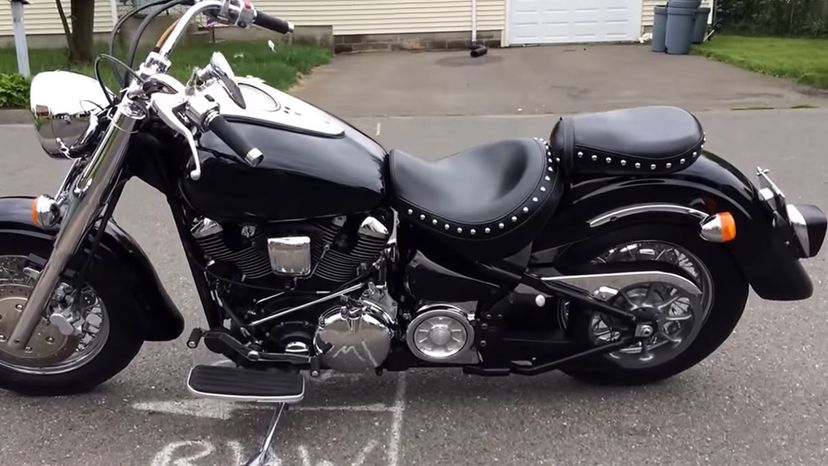
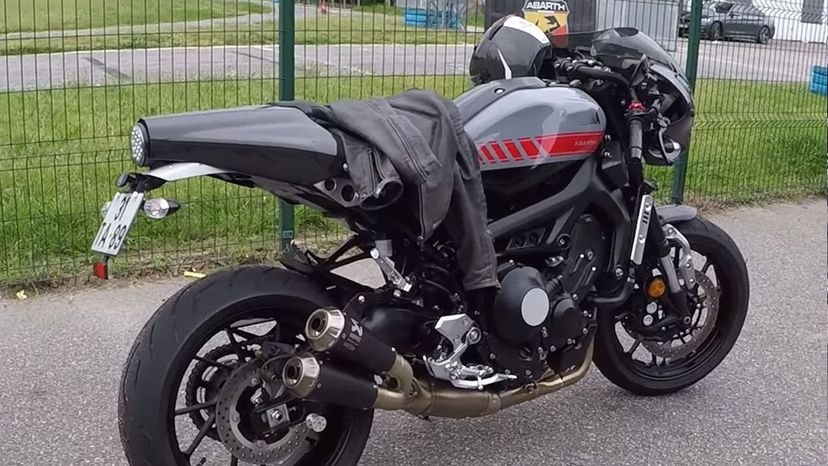
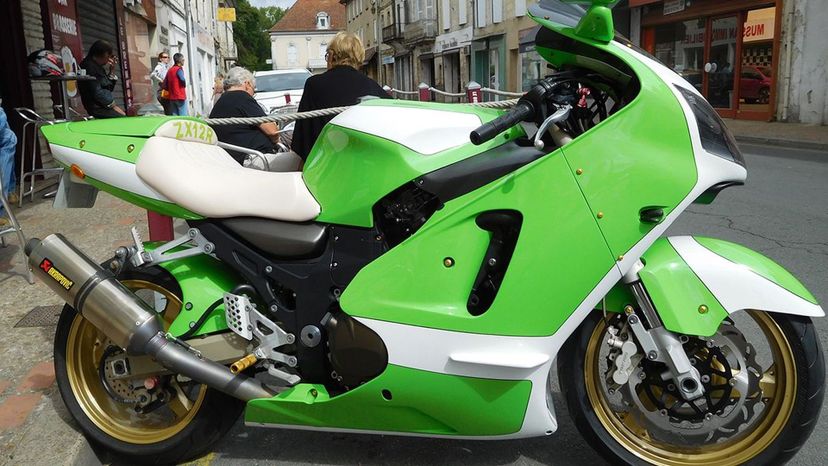
Advertisement
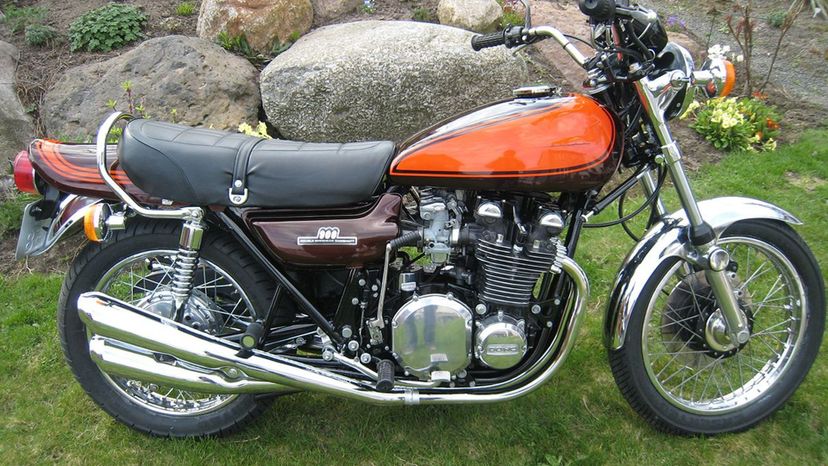


Advertisement
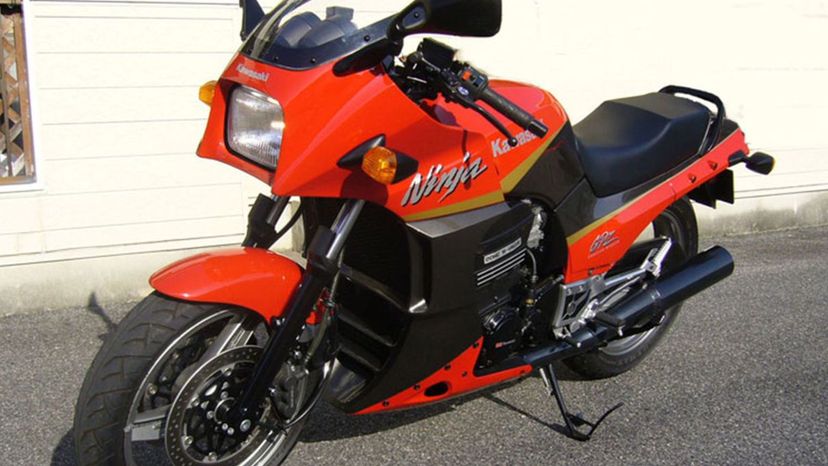

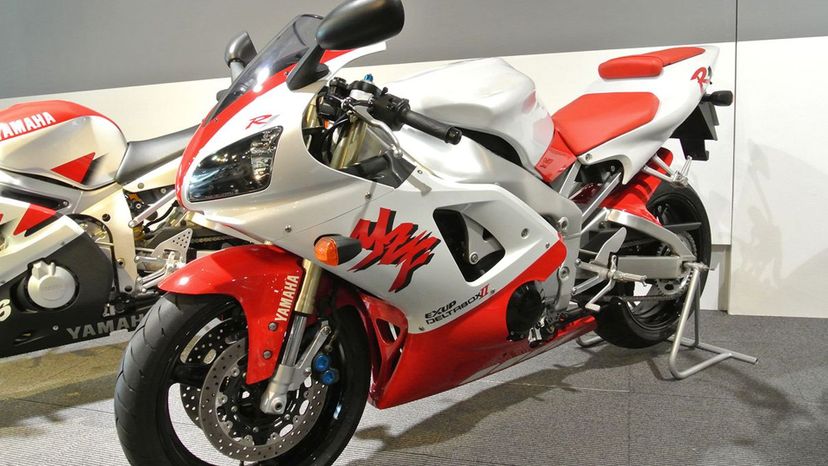
Advertisement
